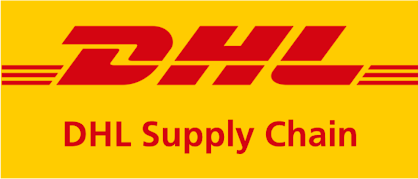When time is money, business process automation ceases to be a trend and becomes a necessity. However, traditional programming methods, based on manual coding, are time-consuming and costly. Is it possible to create a tailor-made solution for the organization without drowning in lines of code that no company employee understands?
Ready-made application or building from scratch?
For many years, companies faced the choice of whether to purchase a ready-made solution or invest in building software from scratch. The first option wins in terms of cost, but is associated with very limited customization capabilities for the organization’s needs. Moreover, the company must adapt its processes to the solution’s framework. The second solution is fully flexible, but its implementation often involves huge costs and the need to hire an external company, not only for writing the initial code but also for ongoing maintenance and any changes in the application. Processes written in lines of code are not readable to company employees who cannot independently administer the solution.
Low-code: Intuitive and Flexible
Fortunately, companies no longer have to choose between fitting into a ready-made solution and creating software from scratch. There are many systems on the market designed for specific business processes, that provide both flexibility and ease of use. By using a graphical interface that does not require coding, the tool can be operated by people without advanced technical skills. At the same time, depending on the solution, there are extensive possibilities to customize the ready-made system to the organization’s processes. The implementation of such a solution still requires a set of competencies and knowledge of best design practices, and some experience with working with such systems. However, in the long run, system administration can be taken over by non-specialists.
How do low-code tools work?
Low-code platforms allow for the rapid creation and customization of applications using a visual interface. How does it work in practice? Most functionalities can be implemented using graphical elements. These are often drag-and-drop tools consisting of ready-made components, widgets, and templates, that users can use to build applications. Both their appearance and actions can be customized to users’ needs by selecting the appropriate parameters programmed within the product. Such a solution is easy to understand visually and transparent for the user, who directly sees what is on the screen, and not lines of code that will be transformed into functional elements.
Key benefits of low-code solutions
Intuitiveness and Ease of Use:
Undoubtedly, the most important advantage of low-code software is its intuitiveness. Operating and configuring the system does not require advanced programming skills, only a general familiarity with technology and analytical thinking. Low-code tools are designed to be as user-friendly as possible.
Quick Results:
Because the application is not built from scratch but adapted to needs, it can be customized in less time than a system implemented using traditional programming methods. This makes the application deployment process significantly shorter, allowing organizations to quickly reap the benefits of new features and improvements.
Flexibility and Ease of Changes:
When business conditions change and something needs to be added to the system or adjustments need to be made, there is no need to hire a team of programmers and write code from scratch. With proper training, basic changes to the system can be made by the internal IT team. This allows continuous improvement of the application.
Cost Reduction:
A company can save significant financial resources as it does not need a large team of programmers or a long time to write software from scratch. Maintenance and changes to the application are also less costly, because of the easier maintenance of the system.
Lower Risk:
By using ready-made components, it is easy to create a prototype and even deliver the first functionalities of the application. This makes it quickly clear what to expect and reduces the risk of implementing a solution that will not meet user needs. Visualizing the direction and functionality of the application allows the early detection and correction of any errors.
Accelerate the implementation of software in your organization
Low-code tools revolutionize the approach to the digital transformation of the company. The ease of implementation and maintenance of software means that more and more companies are opting to use such solutions.
We would be happy to help you implement low-code software in your company!




































